




ORGANS OF PARIS © 2024 Vincent Hildebrandt HOME ALL ORGANS
Saint François d'Assise
9, rue de Mouzaïa, 75019 Paris
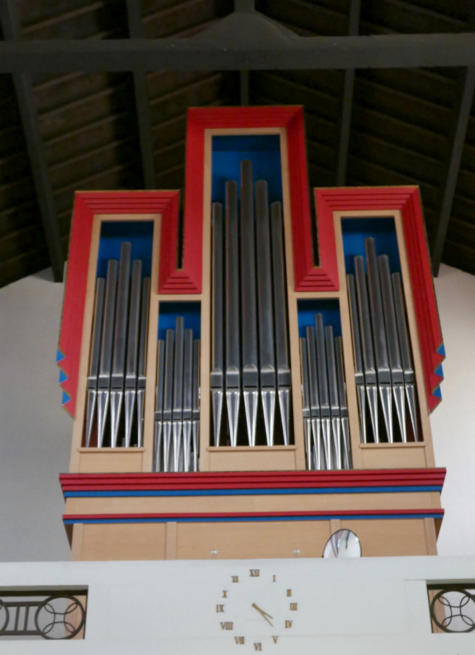
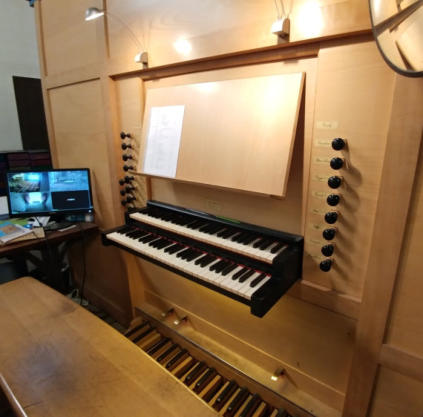
The church was built in 1924 on the plans of
architects Paul and Auguste Courcoux. The shrine is
dedicated to St. Francis of Assisi to commemorate
the seven hundred years of the creation of the Third
Order of St. Francis of which Charles Tournemire
was a member.
The building, in the Italian Romanesque style,
adopts the pattern of the churches of Umbria.
Despite its franciscan sobriety, Saint-François-
d'Assise is adorned with beautiful frescoes in the
choir that contrast elegantly with the white walls
and the dark hues of the ceilings. The interior is
very bright thanks to the white stained glass
windows above the aisles.
Finally, six modern stained glass windows adorn
statues of the Virgin and Child and of St. Francis in
the aisles.
Masses with organ
Saturday at 6:30 PM, Sunday at 9:30 AM and 11 AM
Photos: Vincent Hildebrandt
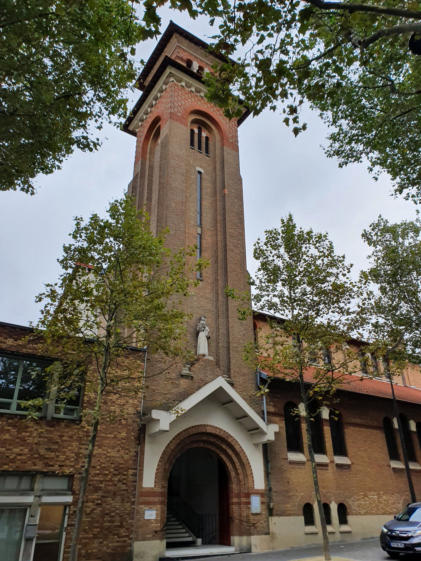
2008 - Bernard Cogez (1)
II/18 - transmissions mécaniques
Grand Orgue (56 notes)
Montre 8
Bourdon 8*
Prestant 4
Qiunte 2 2/3*
Doublette 2*
Fourniture II
Cymbale II
Cornet III
Positif (56 notes)
Bourdon 8*
Flûte à cheminée 4*
Nazard 2 2/3*
Quarte 2*
Tierce 1 3/5*
Sifflet 1*
Trompette 8*
Tremblant
Pédale (30 notes)
Soubasse 16*
Flûte 8*
Basson 16
I-P II-P I-II
* Avec tuyaux anciens d’orgue Rochesson (1951)
Plus d’info…
G1
In 1951, Louis-Eugène Rochesson installed an old house
organ (probably built by Mutin) in the church. On the
occasion of its transfer, it was electrified and its
composition was rigorously transformed according to the
neo-classical aesthetic.
In very poor condition, it was replaced in 2008 by a new
instrument built by Bernard Cogez.
The organs of Paris
ORGANS OF PARIS © 2024 Vincent Hildebrandt ALL ORGANS
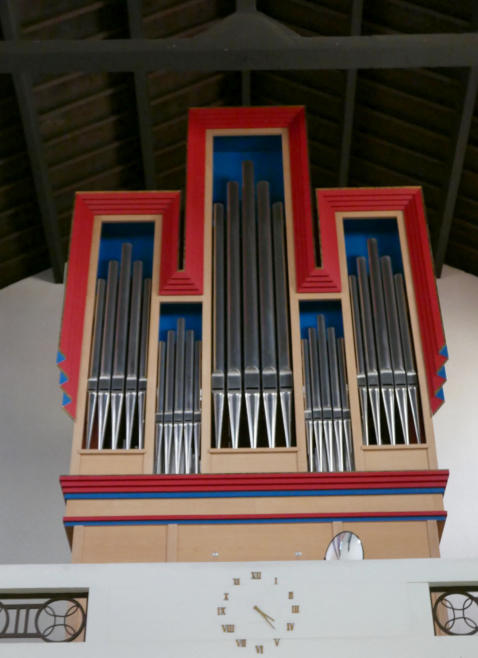
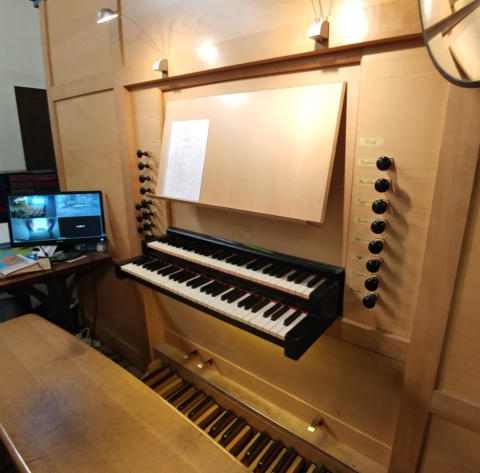
2008 - Bernard Cogez (1)
II/18 - transmissions mécaniques
G1
In 1951, Louis-Eugène Rochesson installed an old house
organ (probably built by Mutin) in the church. On the
occasion of its transfer, it was electrified and its
composition was rigorously transformed according to the
neo-classical aesthetic.
In very poor condition, it was replaced in 2008 by a new
instrument built by Bernard Cogez.






















